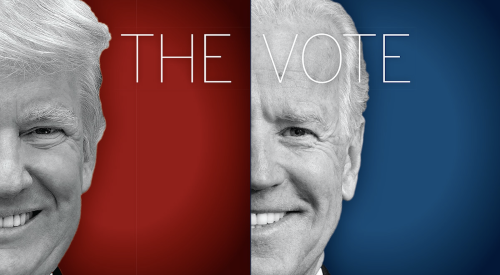| Robert Mitchell, NAHB President
|
Multifamily builders across the country have reason to celebrate. U.S. Department of Housing and Urban Development Secretary Andrew Cuomo recently announced that HUD has endorsed an NAHB-initiated document that describes the federal multifamily construction accessibility requirements in building code language.
Called the Code Requirements for Housing Accessibility (CRHA), this document provides a safe harbor -- for the first time since the Federal Fair Housing Amendments Act was enacted in 1988 -- for builders who comply with its requirements.
"If builders meet the code set forth in CRHA, they will have complied with the law and no court can say otherwise," Cuomo said, noting that the U.S. Department of Justice has also signed off on the document.
Cuomo’s announcement brought to a successful conclusion NAHB’s long struggle to have the federal government give builders the guidance they need to comply with the law -- in a form most likely to ensure compliance.
Cuomo acknowledged that HUD’s lack of guidance on the compliance issue for most of the past decade created an untenuous situation for many builders. These are builders who, in good faith, built housing that complied with local and state building codes and was certified for residency only to find out -- sometimes years later -- that it was not in compliance with the federal accessibility standard. As a result, many of these builders were -- and are -- in jeopardy of being fined or sued.
Last year, at the direction of NAHB’s senior officers, the newly created NAHB Multifamily Division spearheaded the drive to create a stand-alone accessibility document that could be endorsed by HUD. NAHB did this with the consent of the International Codes Council (ICC), working with them and disability rights groups, to develop the final document. Having gained HUD’s endorsement, the CRHA is being published this summer by the ICC. NAHB will now work at the grassroots level to encourage its adoption into state and local building codes, and I encourage your involvement in this important effort.
Adoption of the CRHA at the state and local level will go a very long way to ensuring that this goal is reached and that everyone who seeks an accessible multifamily home will find a ready supply from which to choose.












